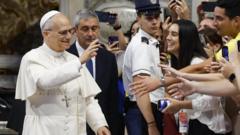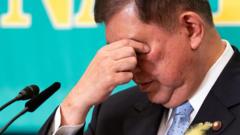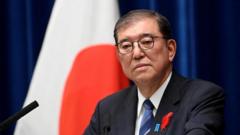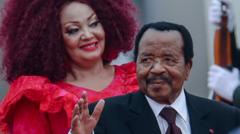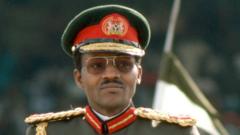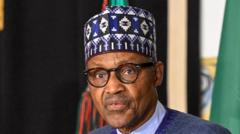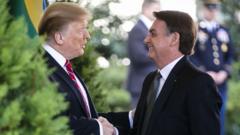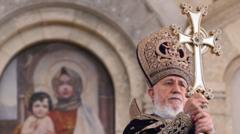On the second day of the conclave to select a successor to Pope Francis, cardinals faced inconclusive voting, as indicated by black smoke from the Sistine Chapel. With no deadline for selection, many await the next round of ballots scheduled for Thursday.
Vatican's Long Wait: Conclave to Elect New Pope Faces Inconclusive First Votes

Vatican's Long Wait: Conclave to Elect New Pope Faces Inconclusive First Votes
Black smoke from the Sistine Chapel signifies no pope was chosen as cardinals reconvene amid hopes for a swift decision.
Black smoke billowed from the Sistine Chapel on Thursday morning, signaling that the cardinals voting to choose the next pope were still unable to reach a consensus for a second consecutive day. The crowd gathered in St. Peter’s Square reacted with disappointment as they learned of the inconclusive voting results.
This historic conclave commenced after Pope Francis's death last month, marking the first time in over a decade that cardinals gathered for such a purpose. As the gathering is expected to resume in the afternoon, the crowd is anxiously awaiting the outcome of additional ballots.
Pope Francis’s passing set off a sequence of events that has drawn a crowd of faithful to the Vatican. The smoke signal is a traditional indication of the results, with black smoke indicating that no candidate has received the required two-thirds majority of votes among the 133 participating cardinals.
The conclave's process demands extreme confidentiality and secrecy, with ballots being burned to prevent leaks. Each day, the cardinals participate in voting sessions until a decision is made. Historical data shows that previous conclaves have resulted in papal elections within mere hours, while some dragged on for extended periods, leaving church members to speculate on the outcome and longevity of their deliberations.
Interestingly, the current assembly is notably diverse and comprises several cardinals appointed by Pope Francis himself, creating a unique dynamic as many do not know one another well. The recent split within the church, among progressive and conservative factions, adds another layer of complexity to the discussions.
While previous conclaves have concluded quickly, given the current environment, some believe this process may take longer due to the need for consensus among a larger and more varied group. As hopes remain high for a follow-up voting session, analysis of underlying issues that might influence the election continues.
The conclave is set to reconvene shortly after the lunch break, with two to four votes planned throughout the Thursday sessions. As this historic selection unfolds, the world watches closely for any signs of change within the Vatican and the trajectory of the Roman Catholic Church.
This historic conclave commenced after Pope Francis's death last month, marking the first time in over a decade that cardinals gathered for such a purpose. As the gathering is expected to resume in the afternoon, the crowd is anxiously awaiting the outcome of additional ballots.
Pope Francis’s passing set off a sequence of events that has drawn a crowd of faithful to the Vatican. The smoke signal is a traditional indication of the results, with black smoke indicating that no candidate has received the required two-thirds majority of votes among the 133 participating cardinals.
The conclave's process demands extreme confidentiality and secrecy, with ballots being burned to prevent leaks. Each day, the cardinals participate in voting sessions until a decision is made. Historical data shows that previous conclaves have resulted in papal elections within mere hours, while some dragged on for extended periods, leaving church members to speculate on the outcome and longevity of their deliberations.
Interestingly, the current assembly is notably diverse and comprises several cardinals appointed by Pope Francis himself, creating a unique dynamic as many do not know one another well. The recent split within the church, among progressive and conservative factions, adds another layer of complexity to the discussions.
While previous conclaves have concluded quickly, given the current environment, some believe this process may take longer due to the need for consensus among a larger and more varied group. As hopes remain high for a follow-up voting session, analysis of underlying issues that might influence the election continues.
The conclave is set to reconvene shortly after the lunch break, with two to four votes planned throughout the Thursday sessions. As this historic selection unfolds, the world watches closely for any signs of change within the Vatican and the trajectory of the Roman Catholic Church.

